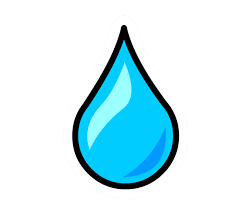Mixing Droplets
 If 1000 droplets each of charge
and radius
are mixed to form a big drop, then the potential of big drop, as compared to small droplet, will be:
If 1000 droplets each of charge
and radius
are mixed to form a big drop, then the potential of big drop, as compared to small droplet, will be:
This section requires Javascript.
You are seeing this because something didn't load right. We suggest you, (a) try
refreshing the page, (b) enabling javascript if it is disabled on your browser and,
finally, (c)
loading the
non-javascript version of this page
. We're sorry about the hassle.
Assuming drops to be a spherical in shape.
Let charge on smaller drop be q 1 and charge on bigger drop be q 2 .
On mixing all the small drops, q 2 = 1 0 0 0 q 1 .
Volume of 1000 drops (radius r 1 ) = Volume of bigger drop (radius r 2 )
⇒ 1 0 0 0 × 3 4 π r 1 3 = 3 4 π r 2 3 ⇒ 1 0 r 1 = r 2
Therefore, radius of bigger drop is 10 times the radius of smaller drops.
As, ⇒ V 1 = r 1 k q 1 ( V 1 = potential of smaller drop )
⇒ V 2 = r 2 k q 2 = 1 0 r 1 1 0 0 0 k q 1 = 1 0 0 V 1 ( V 2 = potential of bigger drop )